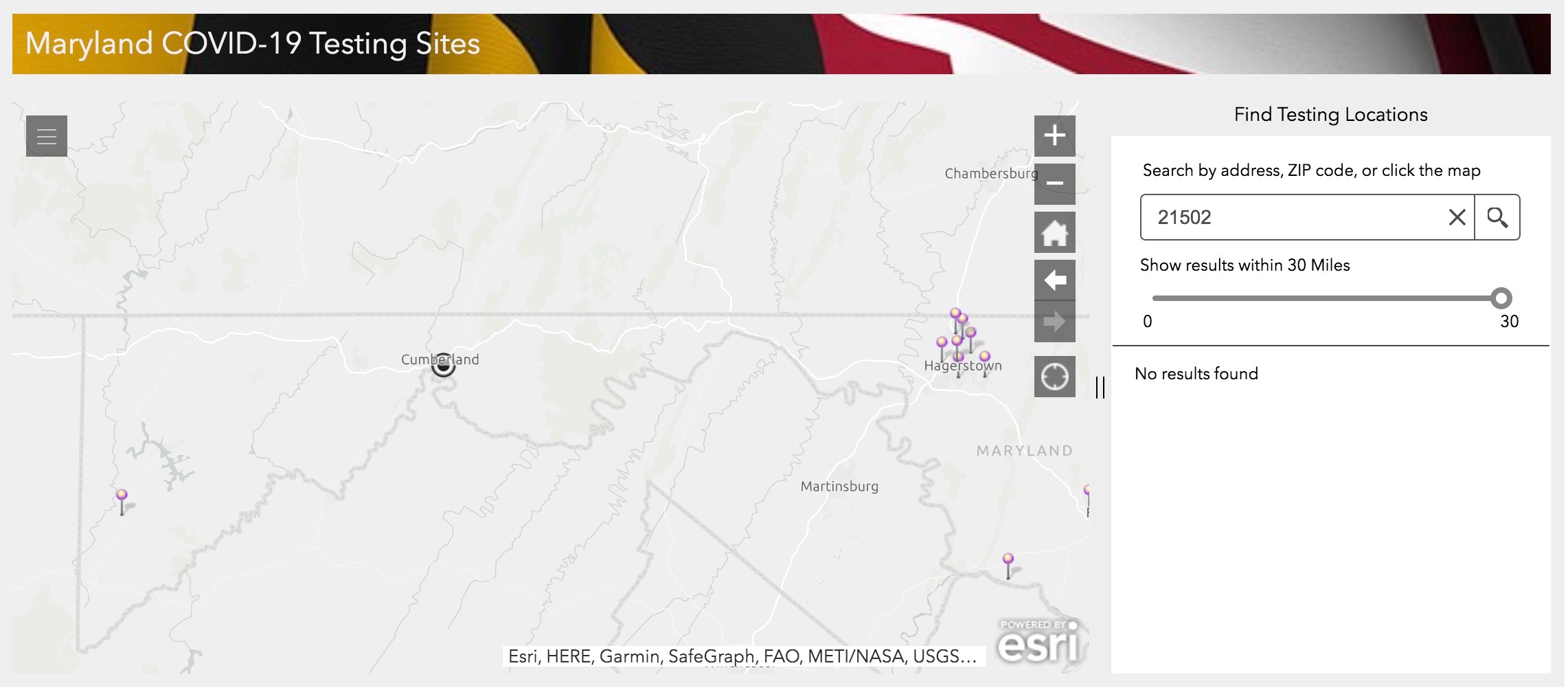Factors Influencing Tỷ Lệ Kèo

Analyzing Historical Data
- Analyzing Past Performances: Bookmakers meticulously analyze the historical performances of teams, players, and events to identify trends and patterns that can inform their odds-setting process.
- Studying Statistical Trends: Bookmakers employ sophisticated data analysis techniques to uncover statistical insights that can give them an edge in predicting the outcomes of events.
- Incorporating Injury and Lineup Changes: Bookmakers closely monitor player injuries, suspensions, and lineup changes, as these factors can significantly impact the dynamics of a match or event.
Assessing Market Sentiment
- Monitoring Betting Patterns: Bookmakers closely observe the betting patterns of their customers, including the volume and direction of bets, to gauge market sentiment and adjust their odds accordingly.
- Analyzing Public Perception: Bookmakers take into account the public’s perception of teams, players, and events, which can be influenced by media coverage, fan enthusiasm, and other factors.
- Adjusting Odds Based on Wager Activity: Bookmakers may adjust their odds in response to significant wager activity, either to manage their risk exposure or to attract more balanced betting action.
Incorporating External Factors
- Considering Venue and Environmental Conditions: Bookmakers account for factors such as the location of the event, weather conditions, and other environmental variables that can impact the outcome.
- Monitoring Regulatory Changes: Bookmakers closely follow regulatory changes and updates in the gambling industry, as these can affect the legality and viability of certain betting markets.
- Adapting to Technological Advancements: Bookmakers continuously adapt to technological advancements, leveraging data analytics, machine learning, and other tools to enhance their odds-setting capabilities.
Establishing the Initial Tỷ Lệ Kèo

Setting the Opening Line
- Gathering Relevant Information: Bookmakers collect and analyze a wide range of data, including historical performance, team/player statistics, injury reports, and market trends, to establish an initial tỷ lệ kèo.
- Applying Probability and Risk Assessment: Bookmakers use probability models and risk management strategies to determine the initial odds, aiming to strike a balance between attracting bets and mitigating their own exposure to potential losses.
- Considering Potential Biases: Bookmakers are aware of potential biases, such as the “home team advantage” or “favorite-longshot bias,” and account for these factors when setting their initial lines.
Adjusting the Tỷ Lệ Kèo
- Responding to Betting Activity: As bets are placed, bookmakers closely monitor the volume and direction of the wagers to identify imbalances in their book. They may then adjust the odds to attract more balanced betting action or to manage their risk exposure.
- Incorporating Real-Time Updates: Bookmakers continuously update their odds to reflect the latest information, such as injury reports, lineup changes, and any other factors that may impact the outcome of the event.
- Maintaining a Competitive Edge: Bookmakers work to stay ahead of their competitors by quickly adjusting their odds to reflect the latest market conditions and trends, ensuring they remain attractive to bettors.
Managing Risk and Liability

Diversifying Betting Markets
- Offering a Wide Range of Betting Options: Bookmakers often offer a diverse selection of betting markets, from traditional moneylines and spreads to more specialized bets, to attract a broader range of bettors and manage their risk exposure.
- Balancing Book Positions: Bookmakers aim to balance their book by taking bets on both sides of an event, ensuring that their potential liability is minimized regardless of the outcome.
- Leveraging Automated Risk Management Tools: Bookmakers employ sophisticated algorithms and software to monitor their risk exposure in real-time and make adjustments to their odds and bet acceptance policies accordingly.
Hedging and Risk Mitigation Strategies
- Utilizing Hedging Techniques: Bookmakers may employ hedging strategies, such as taking offsetting positions in the market or utilizing derivatives, to manage their risk exposure and protect their margins.
- Implementing Bet Limits and Restrictions: Bookmakers often set limits on the maximum amount that can be wagered on a particular market or event, as well as restrictions on certain types of bets, to control their liability.
- Partnering with Reinsurance Providers: Some bookmakers may work with reinsurance companies to transfer a portion of their risk, providing an additional layer of protection against large losses.
Complying with Regulatory Requirements
- Adhering to Licensing and Reporting Standards: Bookmakers must comply with strict licensing and regulatory requirements, which often involve detailed reporting on their betting activities, risk management practices, and financial operations.
- Implementing Anti-Fraud and Anti-Money Laundering Measures: Bookmakers have robust systems in place to detect and prevent fraudulent activities, as well as to comply with anti-money laundering regulations.
- Ensuring Responsible Gambling Practices: Bookmakers are required to promote responsible gambling practices, such as offering self-exclusion options and providing resources for problem gamblers.
The Role of Technology in Tỷ Lệ Kèo Determination
Data-Driven Decision Making
- Leveraging Big Data and Analytics: Bookmakers utilize advanced data analytics and machine learning techniques to process vast amounts of historical and real-time data, enabling them to make more informed and accurate odds-setting decisions.
- Automating Odds Adjustment: Bookmakers have developed sophisticated algorithms and software systems that can automatically adjust odds in response to changes in market conditions, betting patterns, and other relevant factors.
- Predictive Modeling and Simulation: Bookmakers employ predictive models and simulation techniques to forecast the potential outcomes of events and adjust their odds accordingly, further enhancing their risk management capabilities.
Embracing Technological Advancements
- Adoption of Artificial Intelligence and Machine Learning: Bookmakers are increasingly incorporating AI and machine learning technologies into their odds-setting processes, allowing them to identify patterns and make decisions more rapidly and accurately.
- Utilization of Blockchain and Distributed Ledger Technologies: Some bookmakers are exploring the use of blockchain and distributed ledger technologies to improve the transparency, security, and efficiency of their betting operations.
- Leveraging Real-Time Data Feeds: Bookmakers rely on real-time data feeds, such as those provided by sports data providers, to quickly incorporate the latest information into their odds adjustments and decision-making processes.
Enhancing the Customer Experience
- Mobile and Online Betting Platforms: Bookmakers have developed user-friendly mobile and online platforms that allow bettors to access their services and place wagers efficiently, further driving engagement and customer loyalty.
- Personalized Odds and Promotions: Bookmakers use data analytics and customer profiling to offer personalized odds and promotions, catering to the specific preferences and betting patterns of their customers.
- Improved Bet Settlement and Payout Processes: Bookmakers have streamlined their bet settlement and payout processes, leveraging technology to ensure faster and more accurate transactions, enhancing the overall customer experience.
Ethical Considerations and Responsible Gambling
Promoting Responsible Gambling
- Implementing Safeguards and Self-Exclusion Options: Bookmakers provide responsible gambling tools, such as deposit limits, time-out features, and self-exclusion options, to help customers manage their gambling activities.
- Educating Customers on Responsible Gambling: Bookmakers invest in educational campaigns and resources to help customers understand the risks associated with gambling and make informed decisions about their betting activities.
- Collaborating with Problem Gambling Organizations: Bookmakers often work with problem gambling organizations and counseling services to support customers who may be struggling with gambling-related issues.
Addressing Integrity Concerns
- Combating Match-Fixing and Corruption: Bookmakers have implemented robust security measures and anti-corruption policies to detect and prevent any attempts to manipulate the outcomes of sporting events or betting markets.
- Ensuring Transparency and Accountability: Bookmakers strive to maintain high levels of transparency and accountability in their operations, including regular audits and reporting to regulatory authorities.
- Fostering Collaboration with Sporting Leagues and Governing Bodies: Bookmakers often work closely with sporting leagues, governing bodies, and regulatory agencies to share information and collectively address integrity-related concerns.
Ethical Decision-Making in Tỷ Lệ Kèo Determination
- Balancing Profitability and Social Responsibility: Bookmakers must carefully balance their business objectives with their social responsibility to protect the welfare of their customers and the integrity of the betting markets.
- Adhering to Ethical Principles in Odds-Setting: Bookmakers strive to set their tỷ lệ kèo in a fair and transparent manner, without engaging in practices that could be considered unethical or deceptive.
- Maintaining Integrity and Credibility: Bookmakers understand that their long-term success and reputation depend on their ability to maintain the trust and confidence of their customers, regulators, and the broader public.
FAQs
What is the primary goal of bookmakers when setting their tỷ lệ kèo?
The primary goal of bookmakers when setting their tỷ lệ kèo is to attract a balanced amount of bets on both sides of an event, while also ensuring that they maintain a profit margin. Bookmakers aim to set odds that are attractive to bettors, but also manage their risk exposure to potential losses.
How do bookmakers use data and analytics to determine their tỷ lệ kèo?
Bookmakers rely heavily on data and analytics to inform their tỷ lệ kèo determination. They analyze vast amounts of historical data, including team and player performance, injury reports, and market trends, to identify patterns and trends that can help them predict the outcomes of events. Bookmakers also use advanced statistical models and probability calculations to assess the likelihood of various outcomes and set their odds accordingly.
What role does technology play in the tỷ lệ kèo setting process?
Technology plays a crucial role in the tỷ lệ kèo setting process for bookmakers. They leverage data analytics, machine learning, and automation to quickly process information, identify market trends, and adjust their odds in real-time. Bookmakers also use technology to enhance the customer experience, such as through mobile betting platforms and personalized odds and promotions.
How do bookmakers ensure the integrity of their tỷ lệ kèo?
Bookmakers have robust measures in place to ensure the integrity of their tỷ lệ kèo. This includes adhering to strict regulatory requirements, implementing anti-fraud and anti-money laundering measures, and collaborating with sporting leagues and governing bodies to address integrity concerns. Bookmakers also strive to maintain transparency and accountability in their operations to build and maintain the trust of their customers.
What are some ethical considerations that bookmakers must address when setting their tỷ lệ kèo?
Bookmakers must balance their business objectives with their social responsibility to protect the welfare of their customers and the integrity of the betting markets. This includes promoting responsible gambling practices, addressing integrity concerns related to match-fixing and corruption, and making ethical decisions in the tỷ lệ kèo setting process. Bookmakers understand that maintaining the trust and credibility of their customers and the broader public is crucial to their long-term success.
Conclusion
The process of setting tỷ lệ kèo by bookmakers is a complex and multifaceted endeavor, requiring a deep understanding of data, analytics, market dynamics, and ethical considerations. Bookmakers must constantly analyze a vast array of information, adapt to changing conditions, and manage their risk exposure to ensure the long-term viability of their business.
As the betting industry continues to evolve, driven by technological advancements and changing customer preferences, bookmakers will need to stay at the forefront of these developments to maintain their competitive edge. By embracing data-driven decision-making, leveraging cutting-edge technologies, and upholding the highest ethical standards, bookmakers can continue to thrive in the ever-changing landscape of sports betting.

